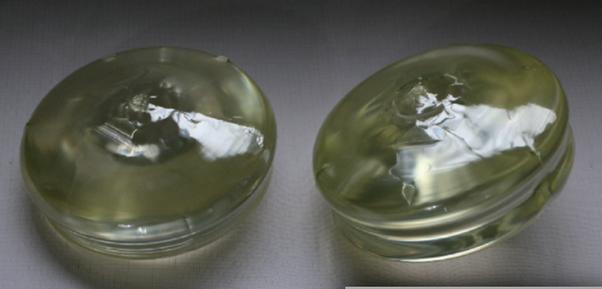SDHY Optoelectronic Materials Technology Corporation is committed to the industrialization of large-scale integrated optical matrix materials, lithium niobate crystals
The core R&D team of the company has been engaged in the research of lithium niobate crystal materials since 2002, and the team leader has led projects related to lithium niobate crystals based the national level 863 projects.
Through more than 20 years of technological exploration and research, we have mastered the key core technologies of the entire chain, including the design of related equipment, preparation of uniform polycrystalline materials, crystal growth and defect control, and crystal post-processing. We have also developed a batch preparation technology for 8-inch lithium niobate crystals, forming a large-scale lithium niobate crystal industrial production line.

The core basic material for integrated optoelectronic technology is lithium niobate (LiNbO3)
Lithium niobate crystal is a rare crystal that combines piezoelectric, electro-optic, acoustooptic, photoelastic, nonlinear, photorefractive, and laser active effects. In addition, it has the advantages of stable mechanical properties, easy processing, high temperature resistance, corrosion resistance, abundant raw material sources, low price, and easy growth into large crystals
In particular, different doping can show a variety of special properties. It is the crystal with the most photonics performance and the best comprehensive index that has been found so far, and has a very broad market application prospect. Therefore, it is also known as the "optical silicon" material in the photonic era, and is widely used in high-performance filters, electro-optic devices, holographic data storage, 3D holographic display, nonlinear optical devices, quantum communication and other aspects.
In 2017, Harvard University issued a notice entitled "Now entering, lithium niobate valley", which pointed out that "lithium niobate is as important to photonics as silicon is to electronics", and "lithium niobate is expected to replace silicon materials in the field of photonics and provide solutions to the bottleneck problem of high power consumption and slow speed in the field of communication".
There are almost no international reports on the 8-inch lithium niobate crystal industry chain. We know that in the development path of silicon wafer size, the size of silicon wafer has a crucial impact on the maturity of the integrated circuit industry. The larger the size of the silicon wafer, the lower the unit growth and processing cost of monocrystalline silicon. More chips can be cut on each wafer produced, resulting in lower unit chip costs, allowing consumers to obtain more cost-effective products.
Similarly, the size of lithium niobate wafers also has a crucial impact on the maturity of the integrated optoelectronics industry. According to size, lithium niobate can be divided into crystals of 4 inches (100mm) and below, 6 inches (150mm), 8 inches (200mm), and 12 inches (300mm).
The larger the size, the more chips will be produced per unit area. For example, from 6 inches to 8 inches, the diameter will increase by 1.3 times, and the output area will increase by 1.8 times. The production cost per unit area will be lower after the shared production cost, equipment plant and other fixed assets, and the loss of wafer edge will be less. Under the same process conditions, the larger the size of the wafer, the higher the utilization rate, so the Unit cost will also be reduced. Another important reason is that large-sized lithium niobate wafers enable the integrated optoelectronic industry to effectively utilize existing microelectronic processing processes and equipment, thereby saving a significant amount of capital expenditure for the development of the industry.
Therefore, the development of lithium niobate crystals towards larger sizes is an inevitable trend in the development of the entire industry chain.

